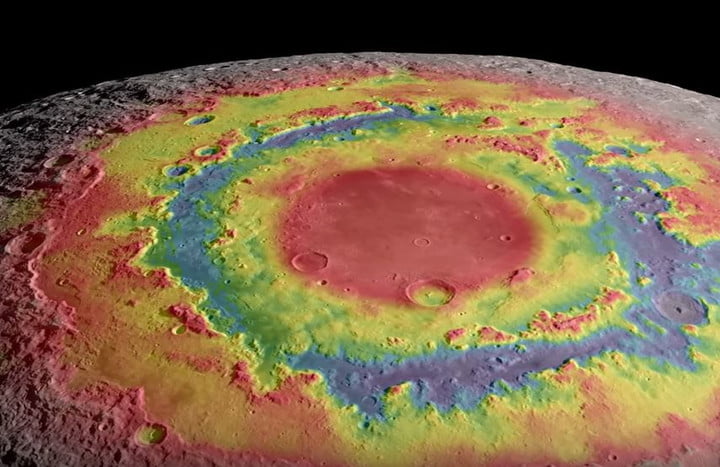 Over the centuries, the Moon has inspired countless stories, songs and poems. But thanks to a video from NASA, even those who are not dreamers or romantics will have to admit that our satellite is not only admirable from afar, but also offers spectacular images from near.
Over the centuries, the Moon has inspired countless stories, songs and poems. But thanks to a video from NASA, even those who are not dreamers or romantics will have to admit that our satellite is not only admirable from afar, but also offers spectacular images from near.
The video published by the space agency, with 4K high-definition images, shows the lunar surface in incredible foreground details that leave many breathless. Considered as a “virtual tour of the moon” in 4K, the images have been collected by NASA's Lunar Reconnaissance Orbiter spacecraft for the past nine years.
"The tour shows a number of interesting sites, chosen to illustrate a variety of features of the lunar terrain," Ernie Wright, from NASA's Space Visualization Study, published in a publication. "Some are on the near side and are familiar to professional and amateur observers on Earth, while others can only be seen clearly from space."
Wright point out how this last video is an updated version of a previous one, which was released in 2011. While the camera route is the same, the data collected in the past few years has allowed the space agency to create a much more presentation Detailed and visually stunning.
The video shows us some of the physical characteristics of the Moon, mixing them from time to time with touches of color that highlight other data that will surely fascinate any amateur astronomer. The overflight of the Aitken basin, for example, adds elevation data so that we can clearly see its location. With a diameter of about 1,550 miles (2,500 km) and a depth of 8 miles (12 km), this is the largest and oldest impact crankcase on the moon, and covers almost a quarter of its surface.
When you see the images, pay attention to the amazing detail captured in the images of the Tycho crankcase, which is said to be around 100 million years old. And just when you think you've seen it all, the camera gets even closer, in great detail, to focus on the intriguing central peak of Tycho Crater 100 meters wide at the top, "whose origins are still a mystery," he says. The narrator of the video.
The trip also takes us to the landing site of Apollo 17 in the Taurus-Littrow Valley, which seems to be deeper than the Great Can. Another superposition shows us the path that the astronauts took during their three days on the lunar surface in 1972. You can even see the lower half of the landing module and the lunar rover of the mission, where they have remained intact for the past 46 years.
While some space companies plan to send "tourists" around our satellite, with each ticket costing a few million dollars, the rest of us will have to settle for continuing to enjoy the splendor of the moon on clear nights from here on Earth. Although this wonderful new video from NASA is also worth it.
Editor Recommendations
